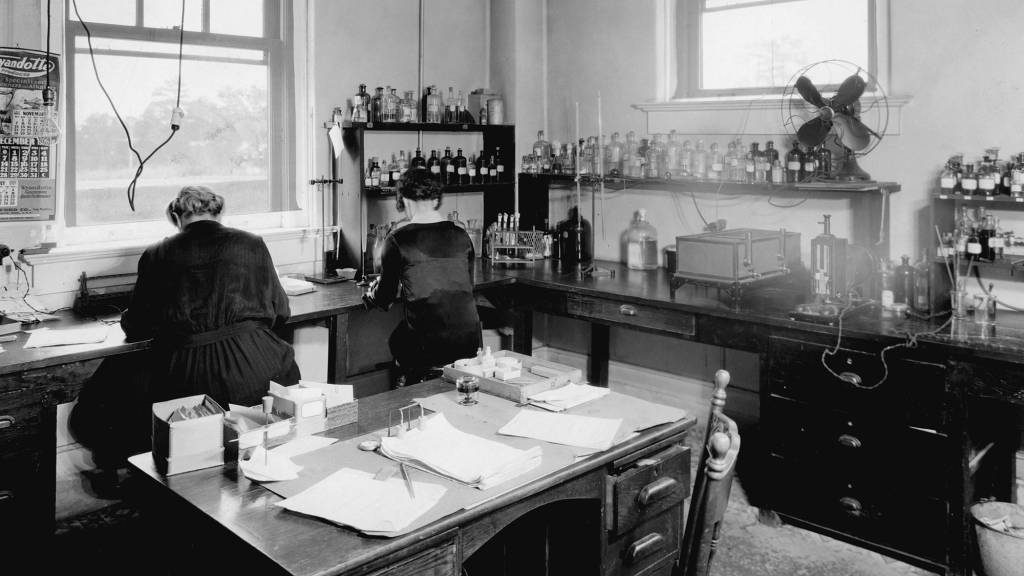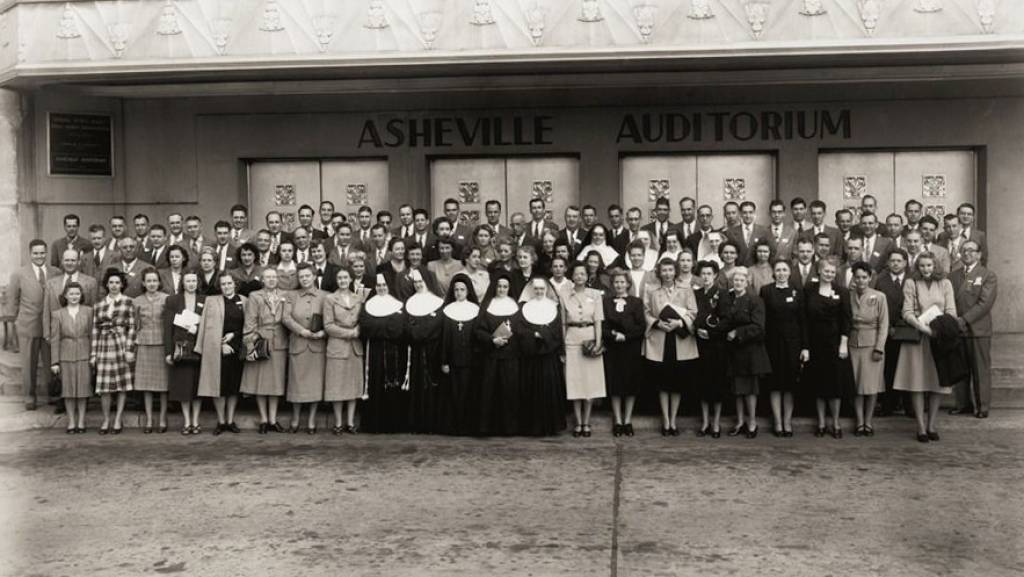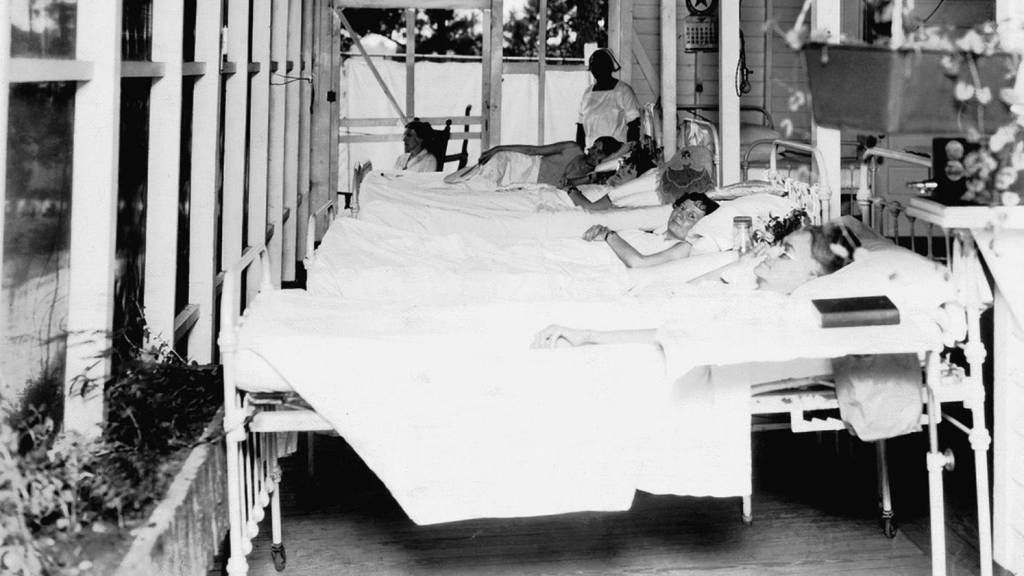The Duke Endowment has a long and successful history of supporting hospitals throughout the Carolinas, particularly those in rural communities. Through this work, the Endowment has ensured that those in underserved communities have access to high quality health care close to home.
Accessible Health Care in Rural Community Hospitals

The Duke Endowment has been helping build small and rural hospitals since the 1920s.
Providing Care and Comfort: A Retrospective
Since 1924, The Duke Endowment has awarded the largest number of its grants to nonprofit health care institutions in North Carolina and South Carolina.
Building Hospitals in Rural Communities
In the 1920s, most of the Carolinas’ hospitals were located in cities, and many rural areas — indeed, some entire counties — had no hospitals at all. For decades, much of the Endowment’s health care funding accomplished two primary objectives: helping build and equip hospitals in these underserved communities, and underwriting hospital care for people in need.

Underwriting Charity Care
In keeping with James B. Duke’s Indenture of Trust (pdf), the Endowment initially gave nonprofit hospitals funds to offset the cost of providing charity care: one dollar per bed per day for patients in need. In the 1920s, these grants went a long way toward helping hospitals recoup the expense of charity care.
Helping to Design Modern Facilities to Meet Community Needs
As it worked to help build hospitals, the Endowment did more than simply provide funds. Endowment staff worked closely with local communities and physicians to assess needs, identify funding sources and help design modern facilities with the most recent innovations. The Endowment’s work in this area is credited with helping inspire the Hill-Burton Act of 1946, a federal program to help states and communities build hospitals in rural areas.
Sharing Information and Identifying Management Practices
The Endowment also provided another vital service by helping small hospitals develop basic budgeting and accounting routines. As the Endowment gathered information from the hospitals it funded, it shared statistical data and operational practices with hospital administrators, who used the new knowledge to improve management procedures. By the late 1930s, the Endowment increased its support of quality hospital operations by awarding grants to the graduate program in hospital administration at Duke University. Endowment grants helped support medical internships for students as well.
Emphasis on Access to Care, Prevention and Patient Safety
In the 1960s, with Medicare and Medicaid programs expanding access to hospital care, the Endowment concentrated on improving access to primary care by helping increase the number of physicians, dentists and clinics in underserved areas. By the late 1970s, the Endowment’s emphasis had broadened from indigent care and building hospitals to include funding for “special programs” as well. Since the early 1990s, the Endowment has awarded most of its health care grants to not-for-profit hospitals to support programs that focus on prevention, access to care and patient safety.

Related Posts

New Healthy People, Healthy Carolinas Coalitions Announced
January 26, 2023 | N.C. Healthcare Association







